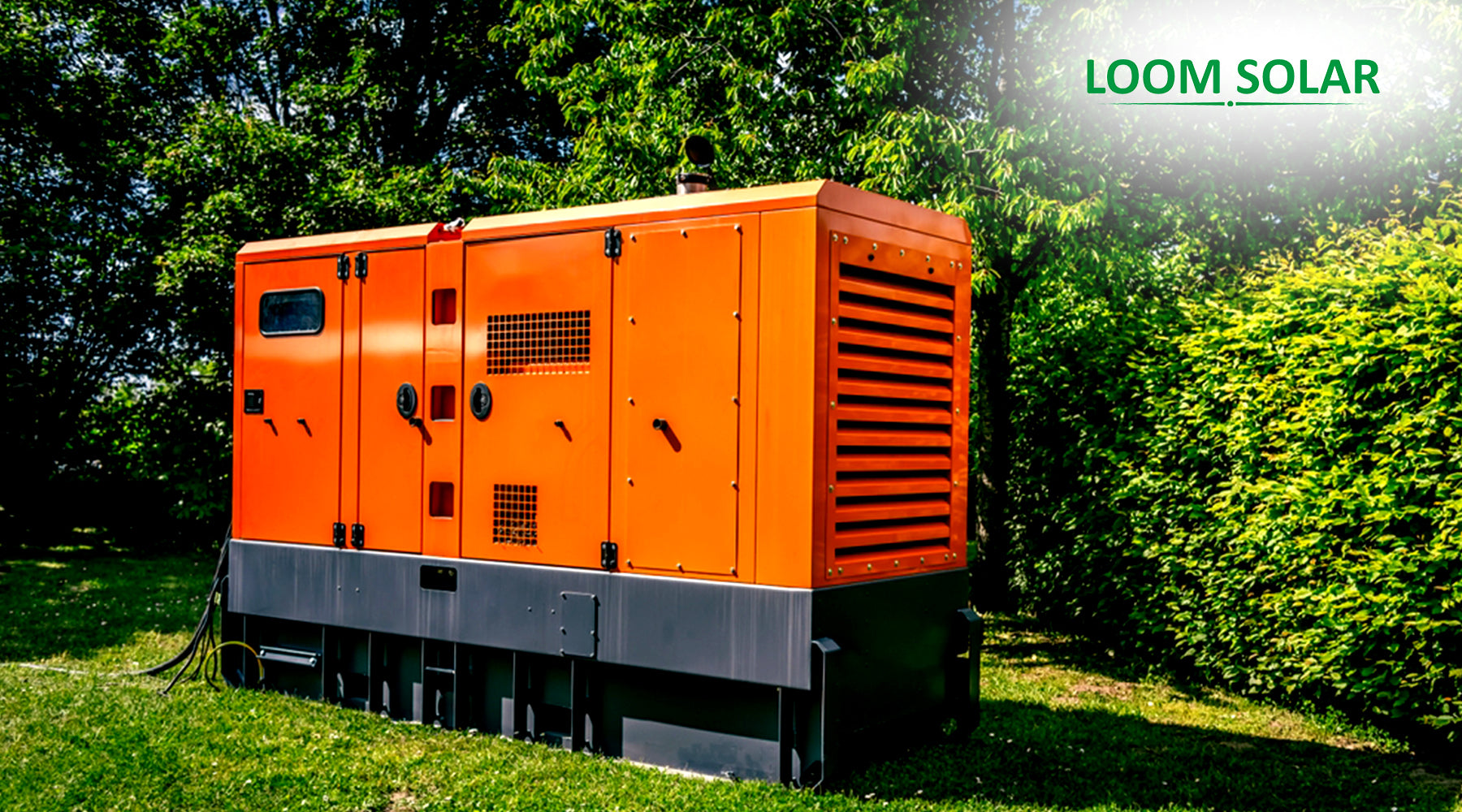Numerous clients are searching for energy backup solutions to manage frequent power disruptions. Occasionally, these clients are associated with business sectors such as offices, hospitals, restaurants, showrooms, educational institutions, dormitories, hotels, large residential complexes, and more. There are two primary alternatives: generators or energy storage systems. Both alternatives carry their unique advantages and drawbacks, and after evaluating several factors, clients select the power backup solution that best meets their requirements.
One of our customers runs a dental clinic in Yadgir, Karnataka. When he reached out to us, he mentioned that he required an energy backup solution due to frequent power outages during business hours. Initially, he considered installing a generator as it seemed easier to set up compared to an energy storage system using solar energy. However, he had concerns about the ongoing costs associated with a generator, such as fuel, labor, maintenance, noise, and vibrations. Given that he was already somewhat familiar with solar energy, he opted for an off-grid solar system.
The key advantages of an off-grid solar system include:
No ongoing costs
No personnel needed for operation
Minimal maintenance (just cleaning of PV modules)
Quiet operation (no noise or vibrations)
He is now pleased with our solar solution.
From this client’s experience, we hope you might also contemplate transitioning to an energy storage system. Simply put, energy storage solutions are a long-term investment. While the initial expense of a generator may be lower, its continuous costs render it more expensive over time.
Main Distinctions Between Generators & Energy Storage
A generator comprises two primary components – a diesel engine and an alternator. It is rated in kVA and is generally available in capacities such as 3kVA, 5kVA, 10kVA, 15kVA, 20kVA, 50kVA, 100kVA, 250kVA, and more. Generators can operate at 75% of their rated power and consume approximately 4 to 5 liters of fuel per hour*. Since a generator lacks storage capacity, the energy it generates must be utilized immediately while it is operating.
An energy storage system also consists of two main components – an inverter and a battery. For larger capacities, a Power Conversion System (PCS) or rectifier is employed to convert DC to AC and vice versa. It operates similarly to a UPS.
The battery used in energy storage systems is typically a high-voltage lithium-ion battery, offering numerous advantages:
Unlike generators, energy storage systems can save electrical energy and provide power when required. They can be charged through various sources including grid power, generators, solar energy, or any other electrical supply.
How Can I Replace a Generator with an Energy Storage Solution?
Assess Your Power Usage:
Determine how much energy you will need during an outage. If your facility is operational, turn on all devices and measure the load with a clamp meter.
If your facility is under construction, prepare a list of devices in an Excel sheet and evaluate which ones you will need during power outages.
Decide How Long You Require Backup Power:
Determine the necessary backup duration (e.g., 30 minutes, 1 hour, 2 hours, 4 hours, or more).
Energy storage or BESS (Battery Energy Storage System) solutions are typically arranged for 2-hour or 4-hour backup periods.
Energy Storage Companies in India
Haryana-based solar manufacturing firm Loom Solar produces state-of-the-art energy storage batteries for residences and businesses. We provide low-voltage and high-voltage lithium-ion batteries, along with BESS solutions starting from 5kWh. Our energy storage solutions have already been implemented in various applications, including:
Residential: Houses, villas, farmhouses, hotels
Healthcare: Dental clinics, nursing homes, laboratories
Commercial: Shops, restaurants, petrol stations, schools, offices, warehouses, factory admin offices, and more
Explore our energy storage products and solutions to discover the best alternative for your generator!

